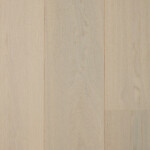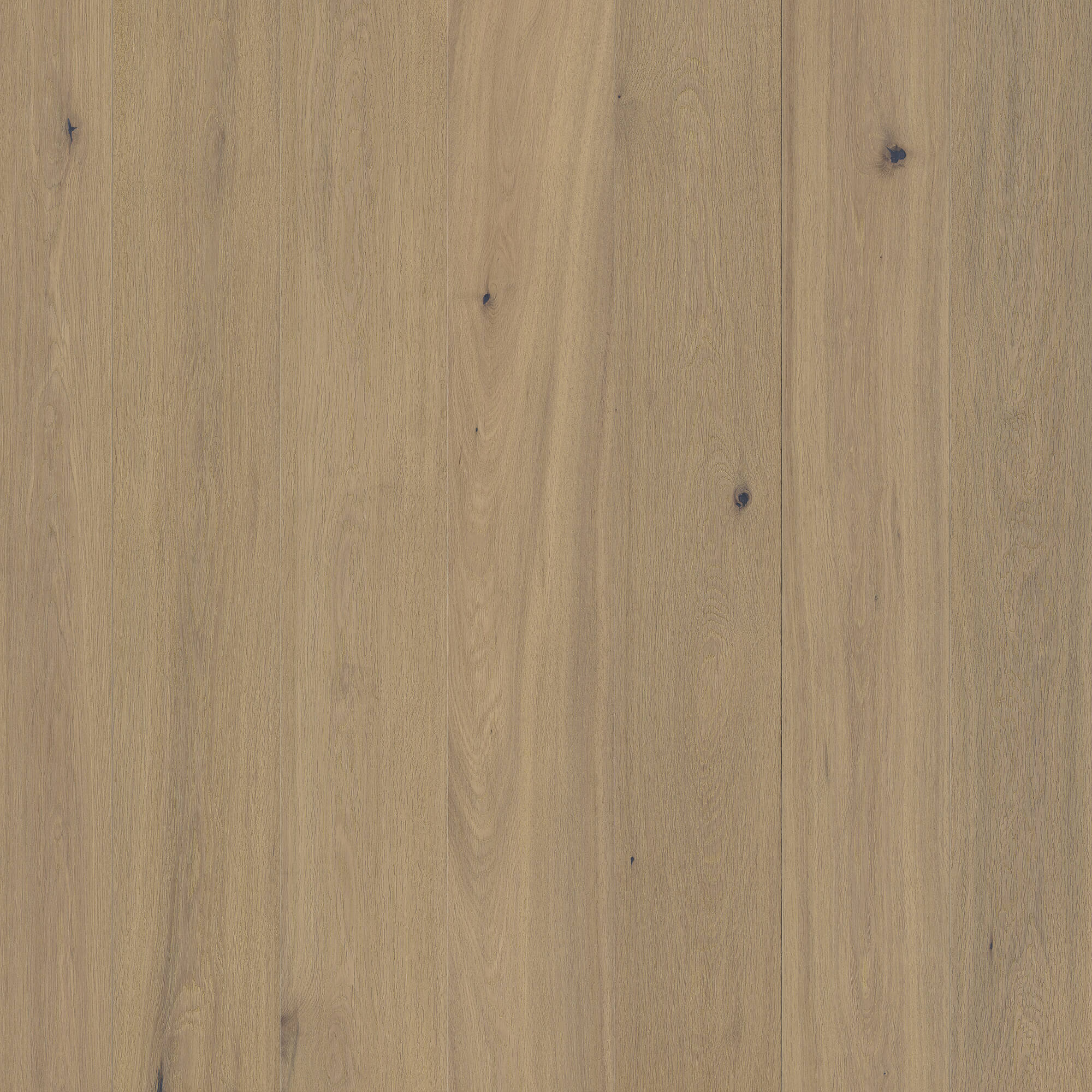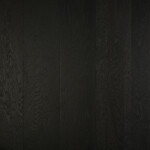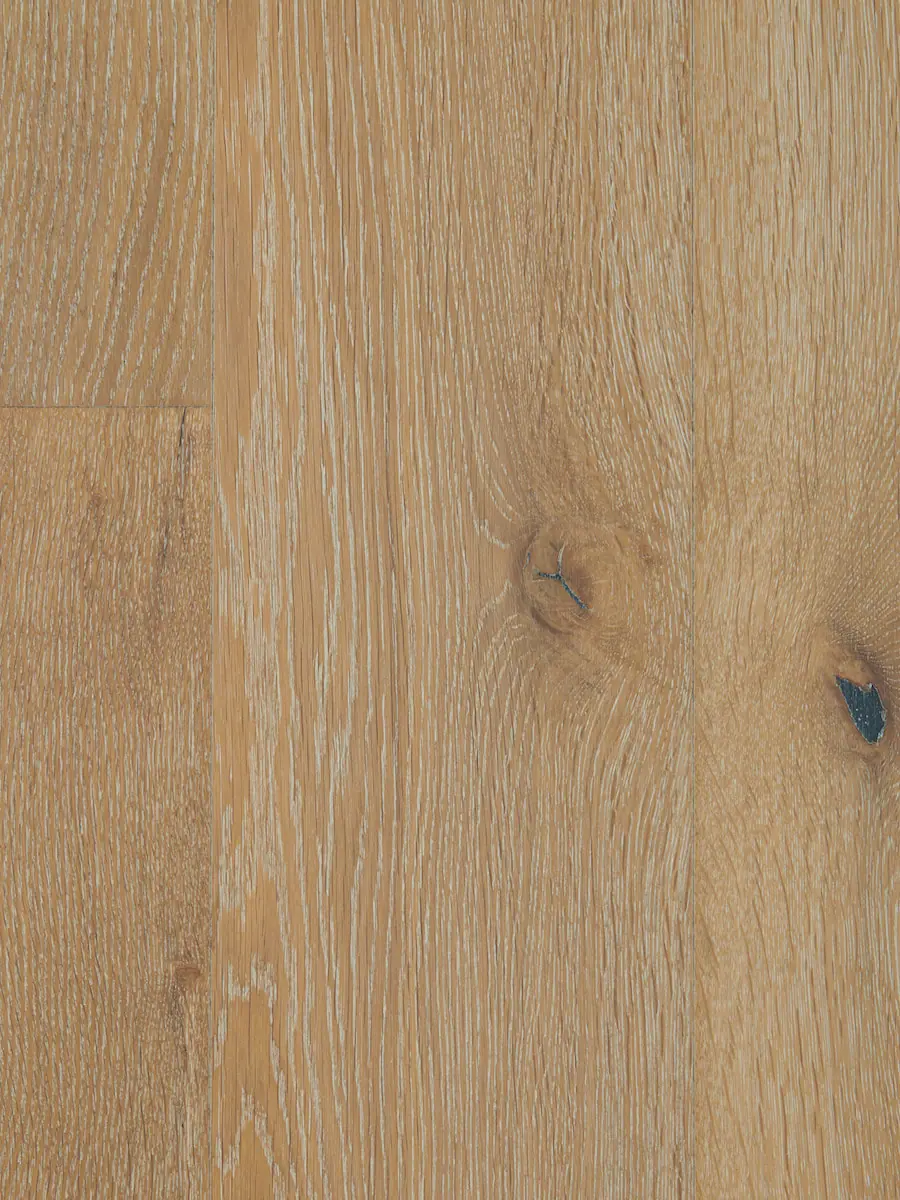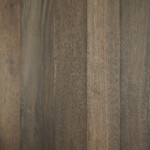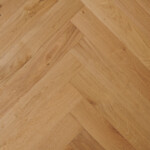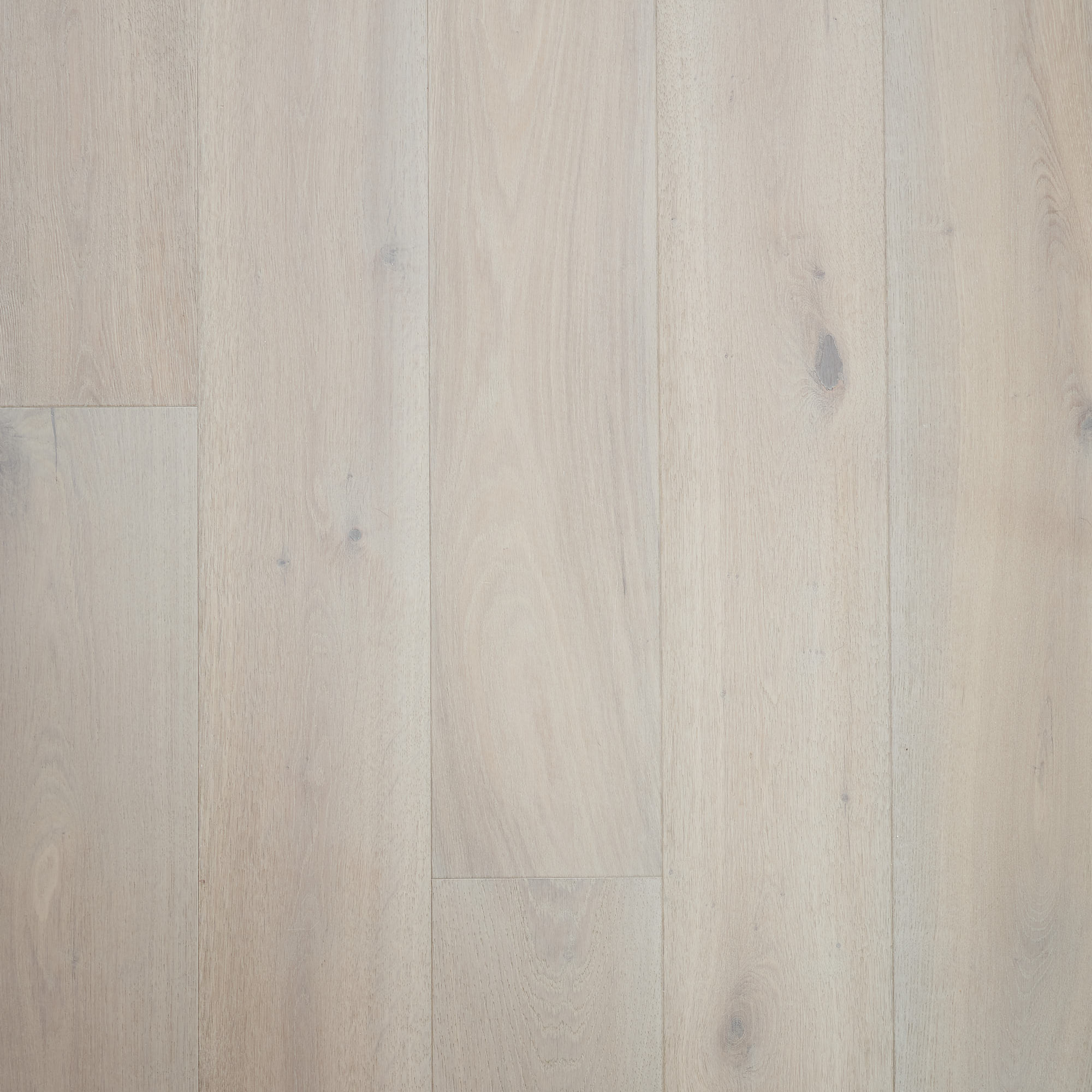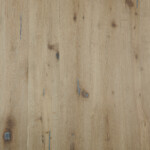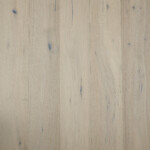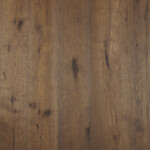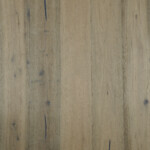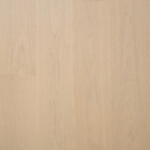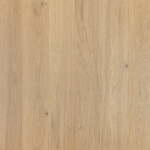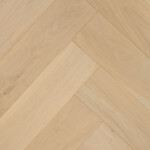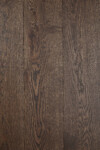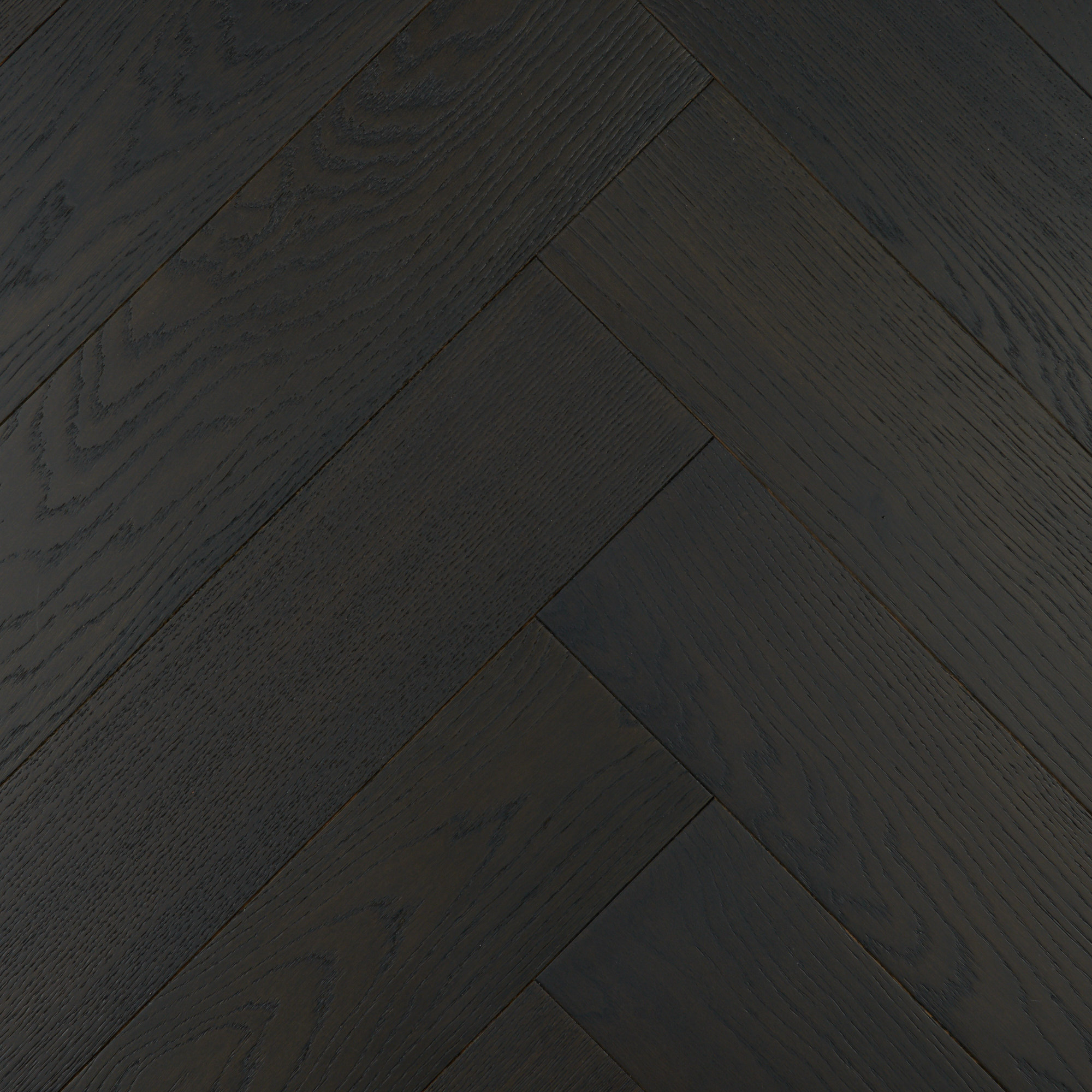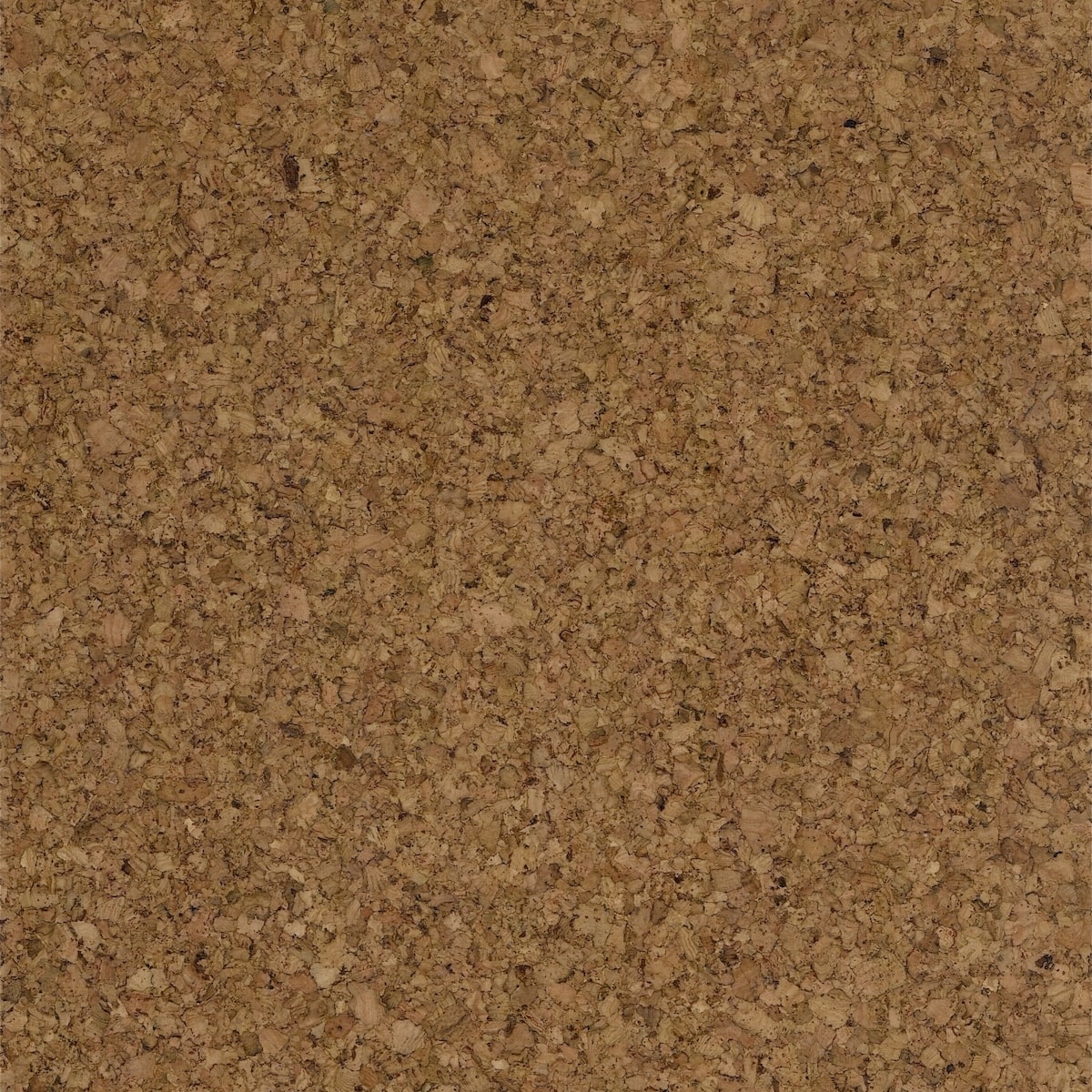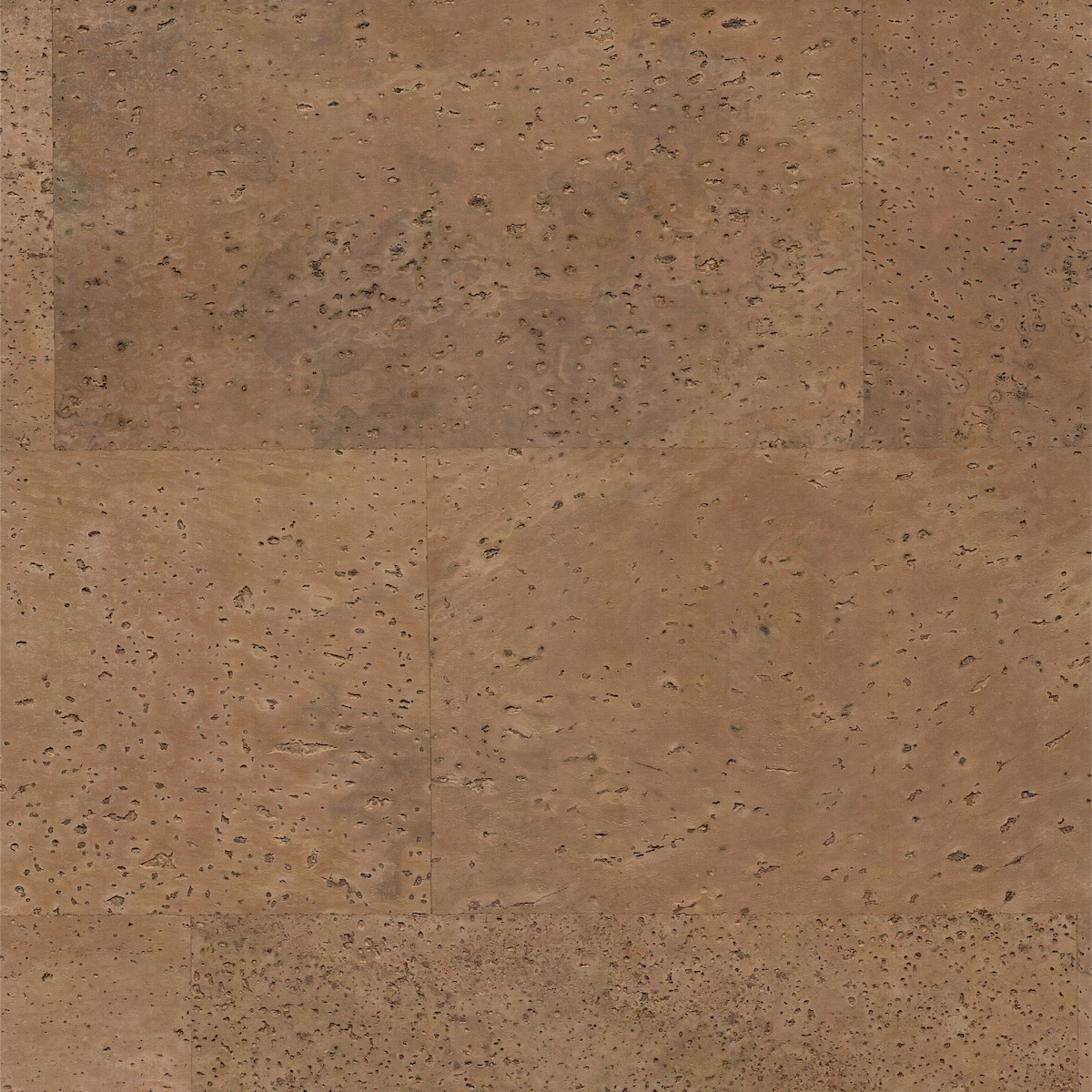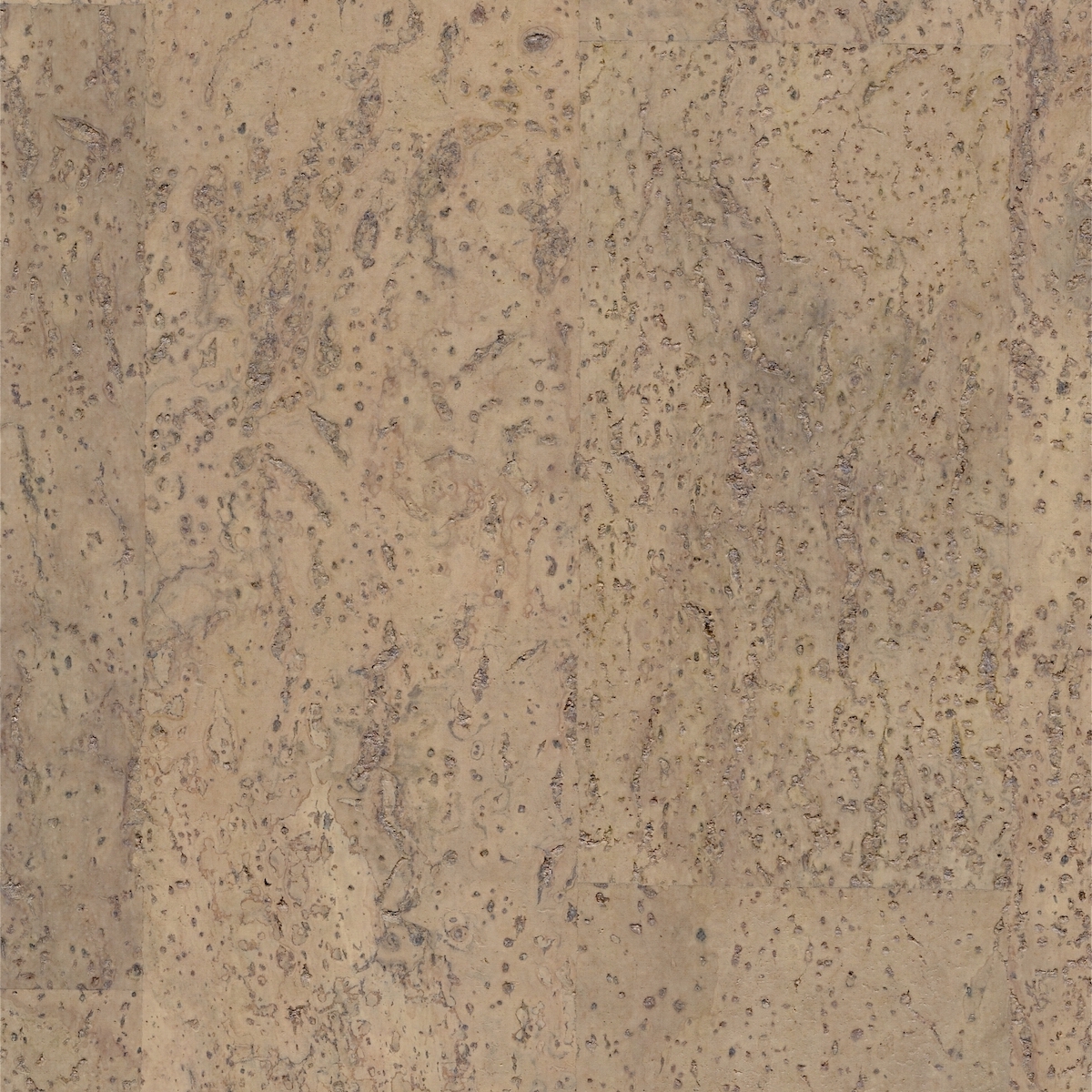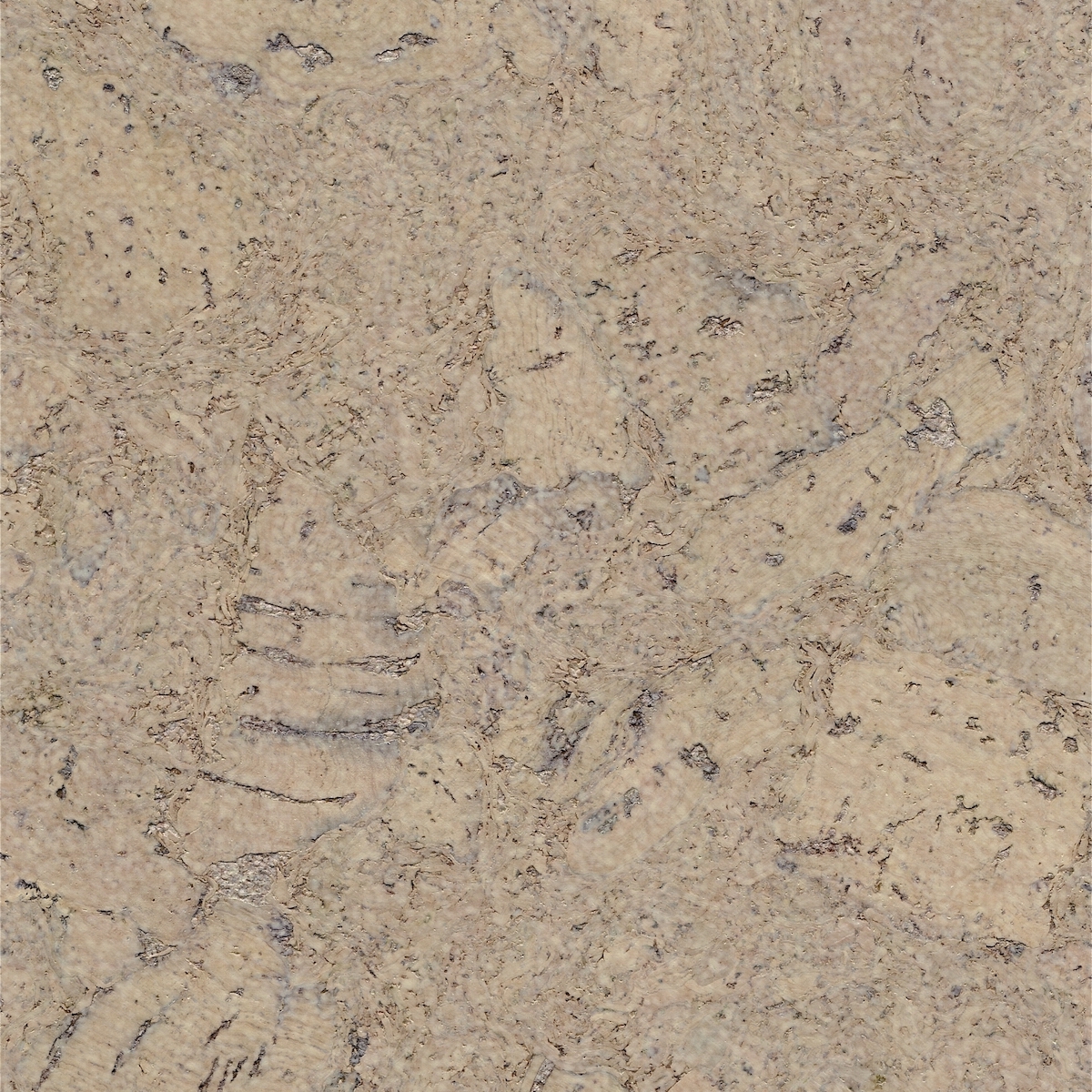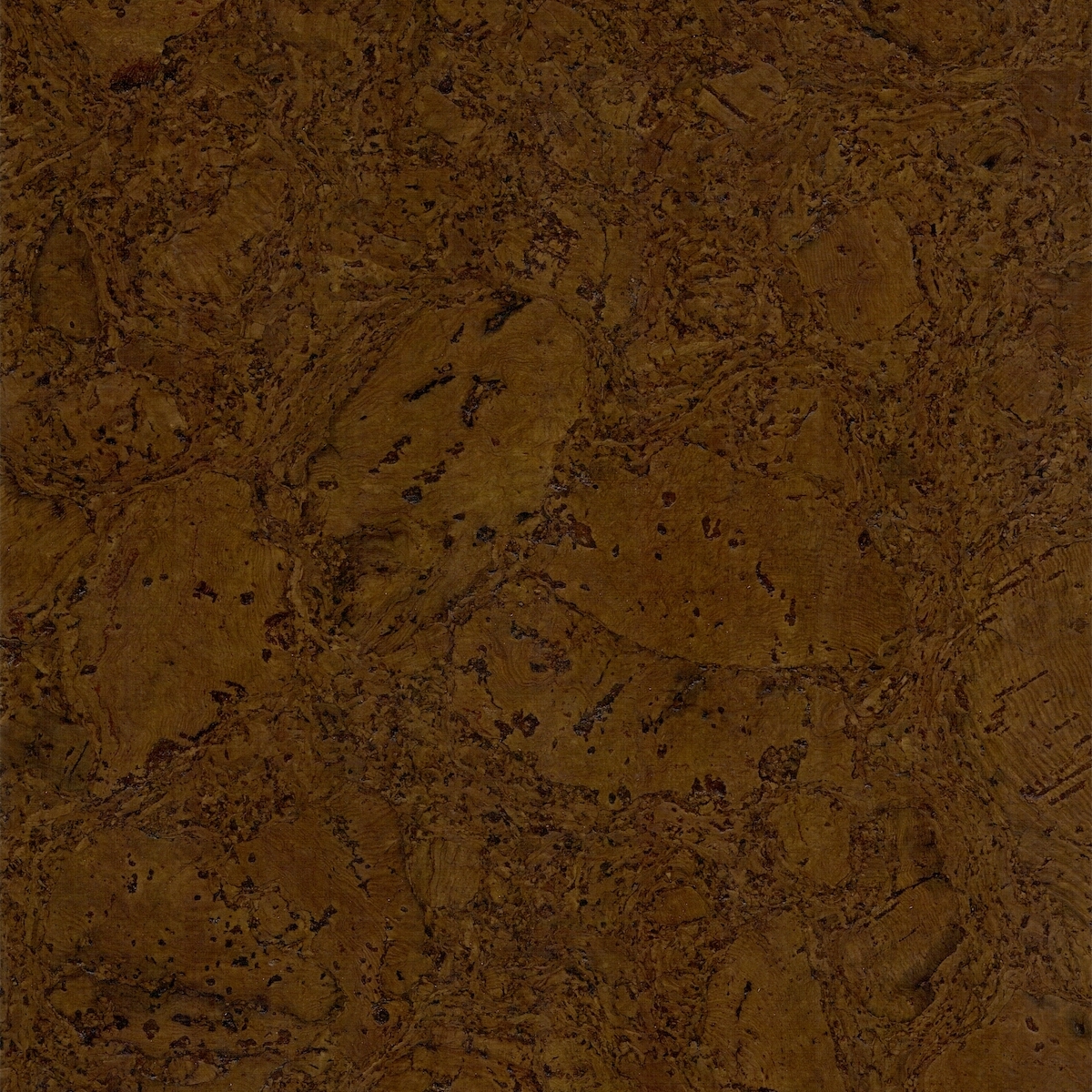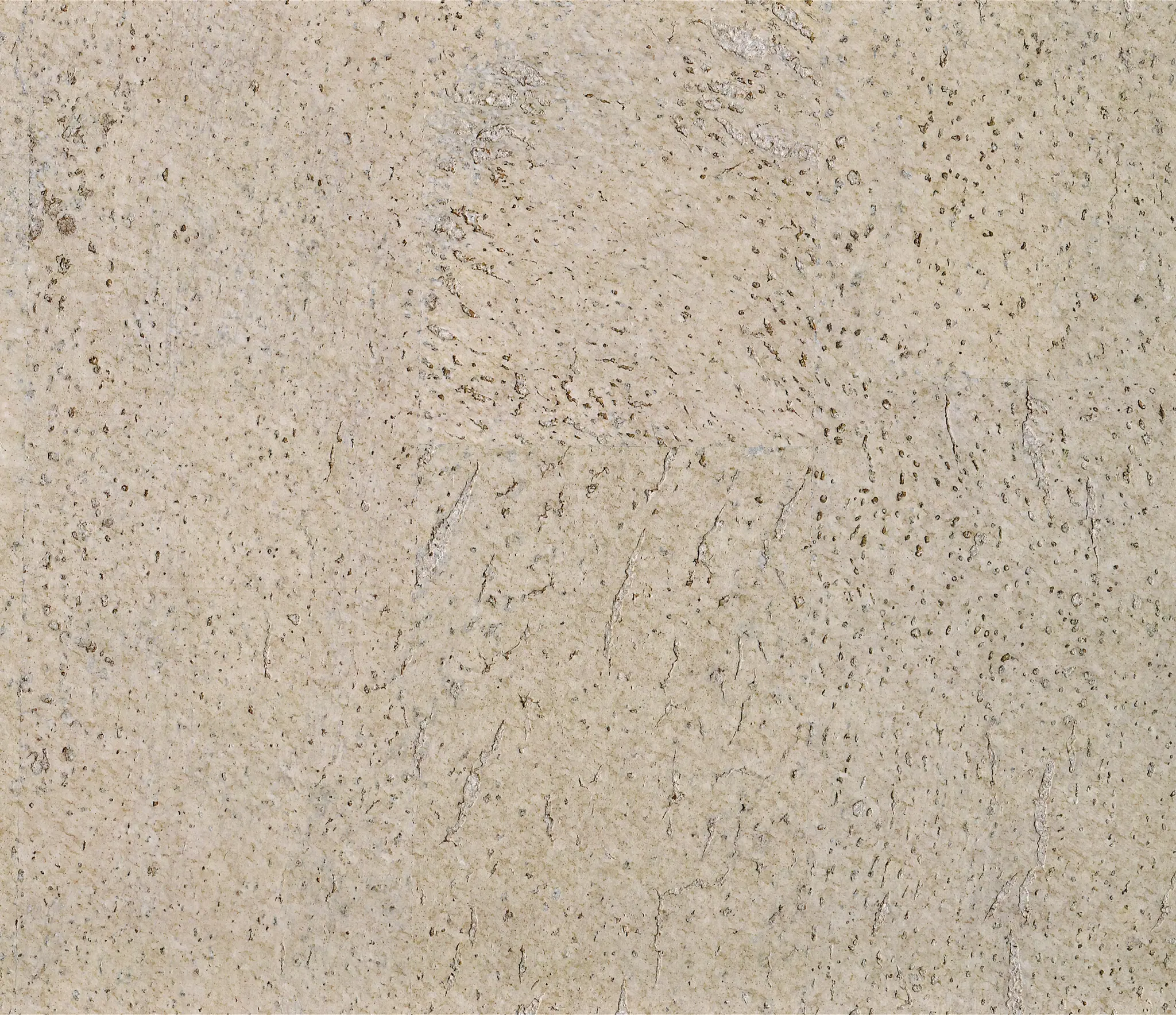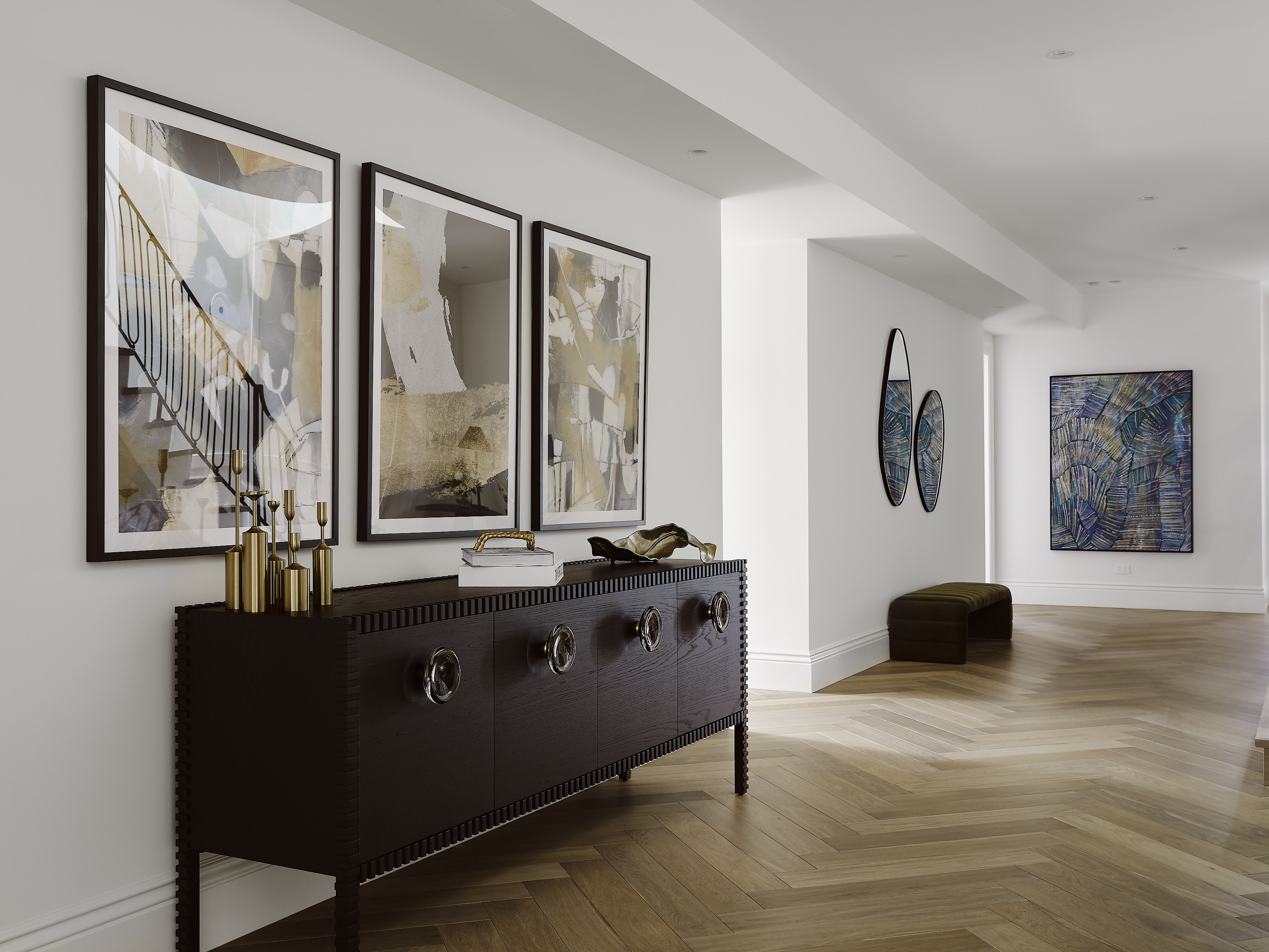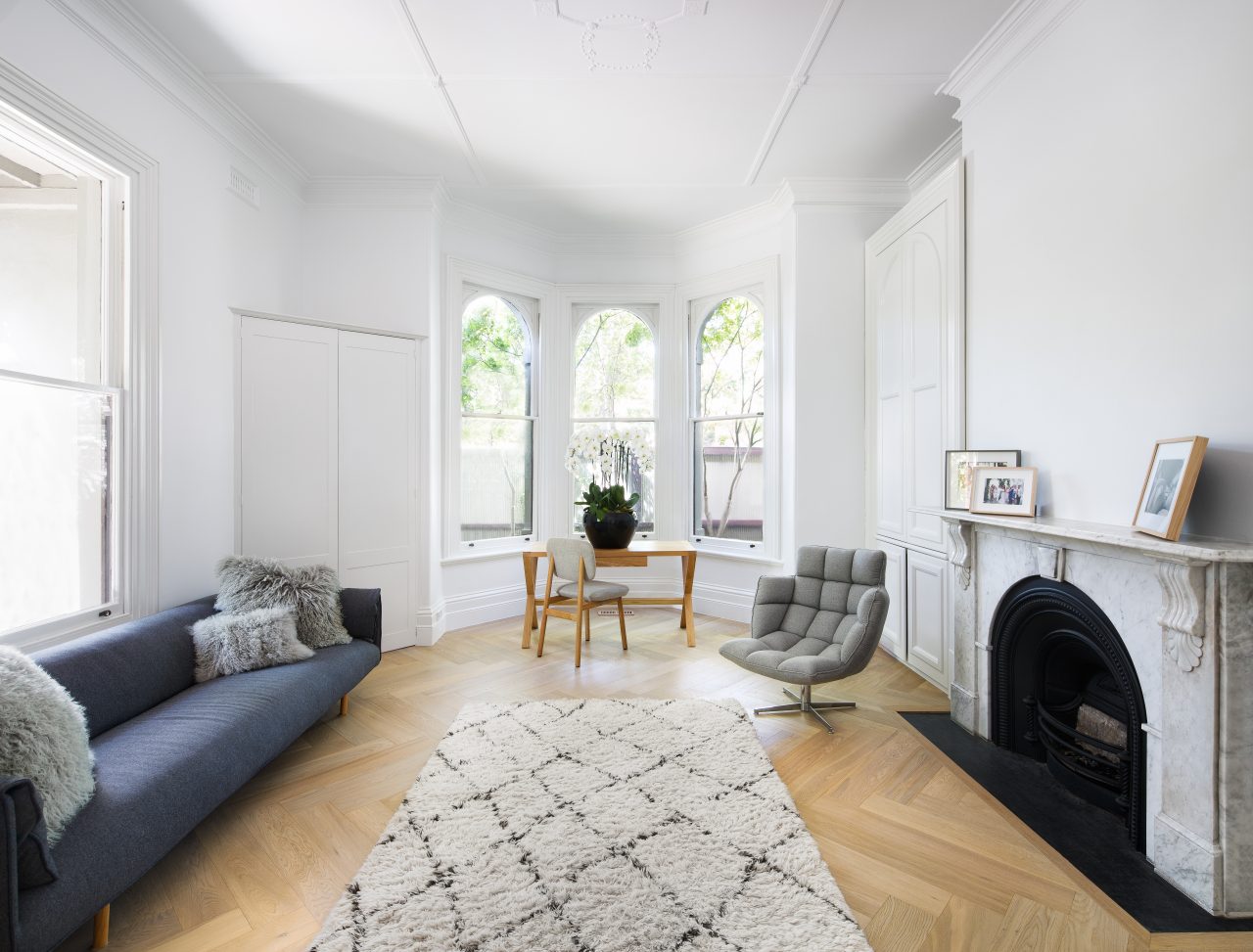What is a VOC?
VOCs — these three letters present some concerns in the modern world of interior design and health. Volatile Organic Compounds (VOCs) are chemicals that easily evaporate at room temperature, releasing emissions into the air we breathe.
Commonly found in paints, cleaning supplies, and building materials, they can impact air quality and pose a range of health risks, from dizziness to more serious respiratory issues.
For those with existing respiratory issues or allergies, and even if you’re 100% healthy, understanding VOCs is crucial in making informed decisions about the products we use daily. When it comes to choosing the right flooring for your space, low VOC options will often be the obvious choice, especially if you want to create a safe, healthy home environment for yourself and your loved ones.
What is low VOC flooring?
VOCs are often found in various building materials, including traditional flooring, where they can compromise indoor air quality.
Low VOC flooring, on the other hand, is designed to minimise these emissions and ensure a healthier living environment. It’s the perfect combination of innovation, beauty, and durability, giving peace of mind that you’re reducing your home’s environmental footprint.
What makes flooring low VOC?
The key to low VOC flooring lies in its composition and production process. Unlike traditional flooring materials that may contain high levels of VOCs, low VOC flooring is designed with a focus on reducing emissions.
It starts with the careful selection of raw materials, opting for eco-friendly alternatives that naturally emit fewer harmful chemicals. Adhesive and finishing products with low VOC content are also used during the manufacturing process, further reducing emissions and ensuring that once the flooring is installed in your home, it won’t release a significant amount of VOCs into the air.
It’s a thoughtful, environmentally conscious approach that allows you to enjoy the beauty and functionality of your flooring while breathing easier in your indoor space.
Benefits of low VOC flooring
- Better indoor air quality: low VOC flooring reduces harmful emissions, leading to cleaner and healthier indoor air – especially important for those with allergies or respiratory sensitivities.
- Healthier living environment: reduced exposure to VOCs means lower health risks, including headaches, dizziness, and respiratory issues, creating a safer space for you and your family.
- Eco-friendly: choosing low VOC flooring contributes to a greener planet by minimising the release of harmful chemicals into the environment during manufacturing and use.
- Stylish and durable: low VOC options, like engineered timber flooring, offer a wide range of styles and finishes, proving that eco-conscious choices don’t mean compromising on aesthetics.
- Easy maintenance: low VOC flooring is easy to clean and maintain, ensuring long-lasting beauty without the need for harsh chemicals.
- Value addition: installing low VOC flooring can increase the value of your home (especially if it’s engineered timber), appealing to eco-conscious buyers and adding to your property’s resale value.
- Peace of mind: enjoy the peace of mind that comes with knowing your flooring choice prioritises health, sustainability, and style, all in one package.
The worst culprits for high VOCs
When it comes to flooring options with high VOC content, there are choices best avoided if you want to prioritise indoor air quality and environmental responsibility.
Vinyl flooring
Vinyl flooring has long been a popular choice for its affordability and (to an extent) durability. But older versions of vinyl flooring, particularly those manufactured before regulations aimed at reducing VOCs, can release significant amounts of VOCs. These volatile organic compounds, often found in the adhesives and plasticisers used in vinyl flooring, can lead to poor indoor air quality and potentially cause health issues.
While modern vinyl flooring options have improved in this regard, it’s essential to check for low VOC certifications or, better yet – pick something more natural and sustainable like engineered timber.
Synthetic carpet
Carpet made from materials like polyester and nylon can be a hidden source of VOC emissions. These emissions primarily result from the adhesives used during installation and the dyes used to achieve various carpet colours.
The off-gassing of VOCs can lead to indoor air pollution and may cause health problems, particularly if you have allergies.
Laminate flooring
Laminate flooring consists of layers that often include particleboard or medium-density fiberboard (MDF) – materials known to release VOCs.
These compositive wood products are held together with adhesives that can emit formaldehyde, a well-known VOC. High levels of formaldehyde in indoor air can lead to respiratory issues and other health concerns.
Low VOC flooring options that are changing the game
As sustainability and health consciousness become more significant factors in flooring choices, opting for low VOC or VOC-free alternatives is a responsible choice for creating a healthier home and planet.
For the best option, look to engineered wood or cork flooring.
Engineered timber flooring
Engineered timber flooring is crafted from layers of real wood. The top layer, known as the wear layer or veneer, consists of the actual hardwood. Below this, multiple layers of plywood or high-density fiberboard (HDF) are bonded together. The use of real wood in the top layer provides the authentic appearance and warm of hardwood flooring. It’s both sustainably harvested and natural.
It’s also manufactured using low VOC adhesives and finishes. These adhesives have reduced levels of VOCs, minimising the emission of harmful chemicals into the indoor air.
We take great care to ensure that all our engineered timber is either VOC-free or low in VOCs, although it’s important to note that no product can be completely devoid of VOCs. Our adhesive, water-based and cured with isocyanate (found in furniture), bonds the timber and plywood layers. After timber flooring installation, there are no harmful substances present. While dust during installation poses the main risk, we recommend customers stay out for safety. Any residual dust settles quickly, and we perform a thorough cleaning and nourishment treatment after each installation to keep your timber flooring pristine and dust-free. Your safety and flooring quality are our priorities.
Other benefits include:
- Durability: resistant to warping and cracking thanks to its layered construction. This means it works well in areas with fluctuating humidity levels like kitchens and bathrooms
- Versatility: with a wide range of styles, wood species, and finishes to match various interior design preferences.
- Easy maintenance: engineered timber floors are easy to clean and care for – all you really need is to regularly sweep and occasionally damp mop to keep it looking its best.
- Looks beautiful: timber floors are classic and will stand the test of time aesthetically.
Cork flooring
Cork flooring is made from the bark of cork oak trees, making it a highly renewable and sustainable resource. The trees are not cut down; instead, only the bark is harvested, allowing the trees to regenerate.
As such, it’s naturally low in VOCs. It emits minimal harmful chemicals, is hypoallergenic and naturally resists mold, mildew, and pests.
Other benefits include:
- Comfort: cork flooring has natural shock-absorbing properties, providing a cushioned and comfortable surface to walk on. It’s a popular choice for areas where you stand a lot, like your kitchen.
- Insulation: cork is an excellent insulator, both in terms of temperature and sound. It helps maintain comfortable indoor temperature and reduces noise transmission between rooms.
- Design versatility: cork flooring comes in a variety of colours and patterns. It can mimic the look of hardwood or have unique cork patterns, allowing you to achieve your desired aesthetic, whatever that might be.
Choose low VOC engineered timber flooring
For better indoor air quality and healthier homes, engineered European oak flooring or cork flooring are the best choices. Durable, versatile, and easy to care for, both are great options for your home or business – and if you’re ready to introduce a little bit more sustainability into your home and business, we’re here to help.
Give us a call, drop into one of our showrooms, or explore our timber flooring range online to get started.
